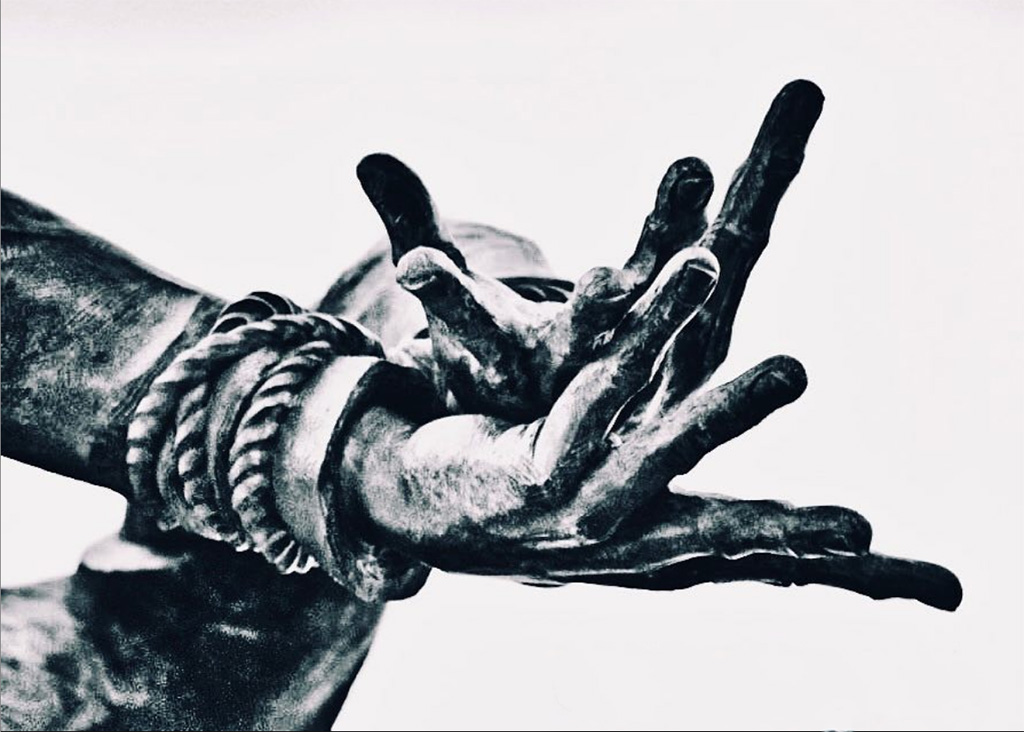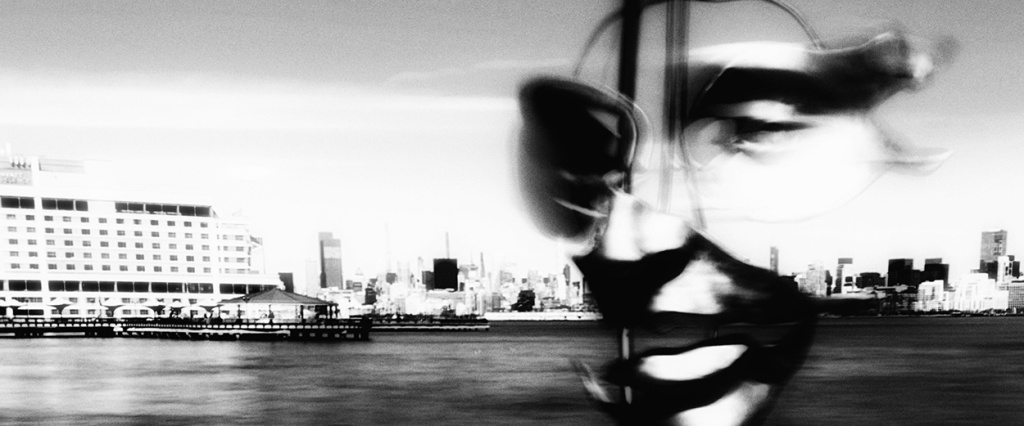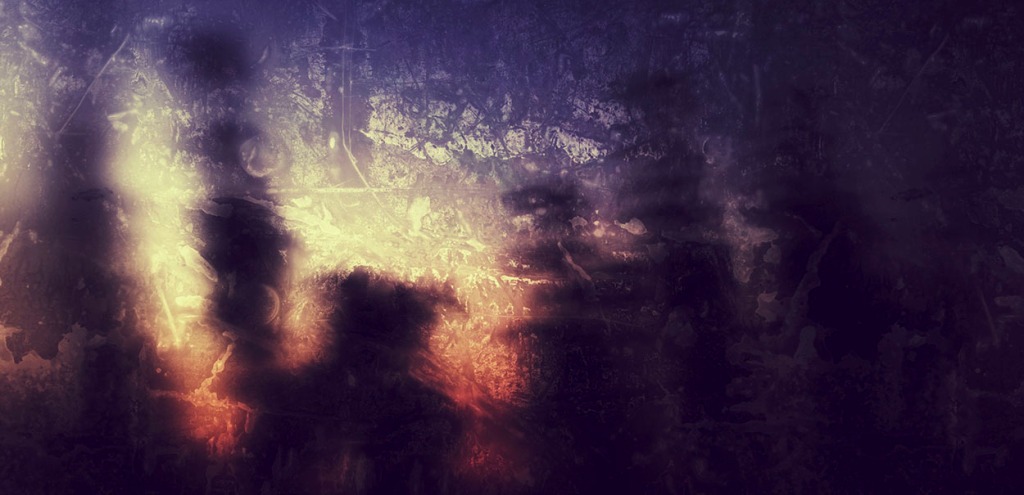An (#tbt) interview with Alec Smyth, Associate Director at David Zwirner Gallery in NYC, originally published in A&U Magazine in June 2021.
COUNTERnarrative
“More Life,” a Series of Art Exhibits, Features Marginalized Stories About HIV/AIDS
by Alina Oswald
“We won’t die secret deaths anymore. The world only spins forward. We will be citizens. The time has come. Bye now. You are fabulous creatures, each and every one. And I bless you: More Life. The Great Work Begins.” —Tony Kushner, Angels in America
This summer, at its New York and London locations, the David Zwirner Gallery is hosting a series of shows highlighting artists/creatives whose work has fallen through the cracks, less popular artists yet artists with their own stories to share, stories that add to the already complex, multi-layered fabric/history of HIV/AIDS. Their work forms counternarratives to the dominant ways of understanding the pandemic, which was first reported by the CDC forty years ago.
The selected artists’ work featured in a series of focused solo shows helps expand the conversation around HIV/AIDS-related art making, and also helps people take a more comprehensive look at the work of each of these artists.
“The idea of HIV and AIDS counternarratives is a subject that is personally interesting to me as a queer person and as a politically active person understanding the activism that has come before my time,” Alec Smyth, Associate Director at David Zwirner Gallery in New York City, tells me when we connect via Zoom.
“One of our goals with this exhibition is to broaden and expand the way that the AIDS crisis has been told through art history,” Smyth comments. There is a small group of artists that are consistently thought about and included in exhibitions, in essays and books about the AIDS crisis. But like with any historical event, there are so many other stories. And so, “More Life” platforms some of these other stories that we haven’t heard as much about.
Smyth, David Zwirner, Senior Director Robert Goff, and Director Thor Shannon are part of the team behind the gallery’s latest series of exhibitions. Inspired by a quote from Tony Kushner’s play, Angels in America, “More Life” highlights a selection of artists who made work that we’re less familiar with, and whose lives were cut short by HIV/AIDS-related complications during approximately the first twenty years of the epidemic.

The forty-year timeline is relevant, in that it does provide the kind of distance necessary to look back on the early decades of HIV and AIDS, better understand what it was about, and perhaps see things anew. “You know, for my generation of queer people and for younger generations of queer people, also politically active people, I think it’s especially important to understand the political movements and the artists and artistic movements that came before, so I think that’s kind of what’s driving the show.”
“More Life” takes on HIV/AIDS counternarratives in several shows. Four shows open on June 24 in New York City—three of them at the 19th Street gallery location, and one at the 69th Street location. Four other shows open in September—three of them in New York City and one in London.
“More Life” also refers to the words that come before that line from Angels in America, “’We won’t die secret deaths anymore,’ [which] is an introduction into the show,” Smyth comments. Truth is that a lot of people did die secret deaths during that time. Because of the homophobia and prejudice, their deaths were not accurately reported. “One of the intentions of the show is to talk about these artists who lost their lives to the early years of HIV and AIDS, as an act of rebellion against that kind of prejudice. The show also relates to ‘more life’ by giving more life to these artists, thus allowing younger generations to engage with them and continue to be in dialogue with them through their artwork. And that’s a really beautiful thing.”
One of the shows opening on June 24 at the 19th Street gallery location focuses on the Silence = Death collective. A limited edition of a fine-art print based on the original, pre-ACT-UP Silence = Death poster is also available through the gallery, with proceeds going to Visual AIDS. Accompanying the show is a series of conversations with Gregg Bordowitz, Ted Kerr, Sarah Schulman, and Avram Finkelstein, founding member of the Silence = Death collective.
It includes material never before exhibited, as well as several photographs, including images by Donna Binder, such as Federal Plaza, Manhattan, June 30, 1987. Binder is one of the women involved in ACT UP, activists who were also using their cameras to capture those moments. “I think it’s important to recognize that they were responsible for a lot of the visual material that came out [during] that time, and that they were there documenting the movement,” Smyth says.
Without ACT UP we would not have the HIV and AIDS treatments available today. And so, it’s important to acknowledge the huge accomplishments made by this group of artists and activists who came together and organized around this cause and achieved so much.
“More Life” also features work by artists whose lives were cut short by HIV/AIDS, and whose work only now comes into focus for many of us. These artists were part of communities of artists decimated by the early years of the pandemic, and so many incredible people were lost during that time. Curators of their solo shows were close friends of the featured artists, which, in turn, gives these shows a personal touch.
Each show has and tells a special story.
Curated by Ryan McGinley, a selection of Mark Morrisroe’s (1959–1989) photographs is shown at the 69th Street gallery location. Born and raised in Boston, Massachusetts, Morrisroe left home when he was a teenager and became involved in the punk scene in Boston. He was part of a group of photographers known as the Boston School, which includes Nan Goldin and David Armstrong. Morrisroe moved to New York City in the early eighties and was well-known in New York City’s East Village. He passed away from AIDS-related complications at the age of thirty, in Jersey City, New Jersey. His body of work has long been influential to younger photographers.
A few paintings by British artist Derek Jarman [A&U, April 1994] are also on display at the 19th Street gallery location. Also shown is a video work that he made at the end of his life. While going blind, he could only see the color blue. Hence, the name of his video, Blue, released only months before his death.
Jesse Murray was an artist who grew up in the South and moved to New York City. He was a larger-than-life kind of figure. Later in life, he decided to go to Yale to get his MFA. That’s where he met Lisa Yuskavage. The two became close friends, and also important critics of each other’s work. He was an early advocate for her work, and she talks about him as being really influential in her work. (She also has an exhibition of her own work at David Zwirner’s gallery, in New York City.) Yuskavage co-curated Murray’s show featured at the 19th Street gallery location in September. Their friendship gives his show a personal feel, as if revealing an intergenerational dialogue between the two artists. A similar mood is also evoked in a Frank Moore (1953–2002) show, curated by Hilton Als, on display this September, in New York City.
The “More Life” series of exhibitions is a first of its kind for the gallery, showing work that speaks to the counternarratives surrounding HIV/AIDS. It serves as an inspiration for other art venues, curators, writers and people working in the industry to take up the mantle and continue showing this kind of work.

“As pandemic crises resolve within cultural spaces, they inevitably downshift into a crisis of remembering,” Avram Finkelstein says. “And so the curatorial team at David Zwirner makes a perfect case for the necessity for probative diligence: cultural memory is malleable, and deeper inspection always reveals hidden narratives. As Alec [Smyth] and I began working together on this exhibition, I realized those of us who survived HIV and AIDS and are not just on our second pandemic, we form a third cohort as well. We have lived our entire lives on pandemic footing. A careful reading of ‘More Life’ hints at lessons to be considered for the rest of the twenty-first century.”
“I hope that [younger individuals] will come to see the shows and learn,” Smyth encourages. There’s a unique opportunity to learn from these shows, because the artists featured in “More Life” approached their practices from a perspective that doesn’t exist anymore—that of living as a queer person or as a queer person of color in that time. “I think it’s vital for us to keep these stories alive. I hope that this [series of] shows does that in some way, and that people will take up the mantle and continue [this kind of work].”
Those living in the New York City area can attend the “More Life” opening on June 24, 2021, at two David Zwirner Gallery locations: Uptown, 5 p.m. –7 p.m. and Chelsea, 6 p.m. -8 p.m. The gallery also offers an interactive online experience including images and an AIDS timeline. “Come!” Alec Smyth invites, “it’s going to be beautiful.”
Find out more by visiting online at https://www.davidzwirner.com/exhibitions/2021/more-life.
If you are interested in purchasing the Silence = Death fine art print, click here: https://www.platformart.com/artists/silence-death-collective
Alina Oswald is Arts Editor of A&U.




Leave a comment